Vietnamese coffee, a classic I fell in love with as soon as I drank it.
The traces of French colonization of Vietnam are not limited to the French bread and pat é used in Vietnamese sandwiches. Vietnamese coffee, which many people flock to, is another classic.
Serious Eats reports that the French planted a large number of coffee trees in Vietnam in the 19th century. Although it is planted at a low altitude and most of the varieties are robastian coffee beans (Robusta), which are not sour and bitter, it is undeniable that Vietnam is now one of the largest producers of coffee beans in the world.
Influenced by France, locals use a perforated metal drip (phin) to make coffee, which is bittersweet, accompanied by charcoal burning and a deep chocolate aroma. Precisely because of the use of this drip, filter paper is not needed in the coffee making process, so the water used for brewing can absorb more tar and aroma and has a rich taste.
In addition, because there were not enough sources of fresh milk at that time, the French who liked lattes replaced condensed milk and became known as Vietnamese coffee (c à ph ê phin).
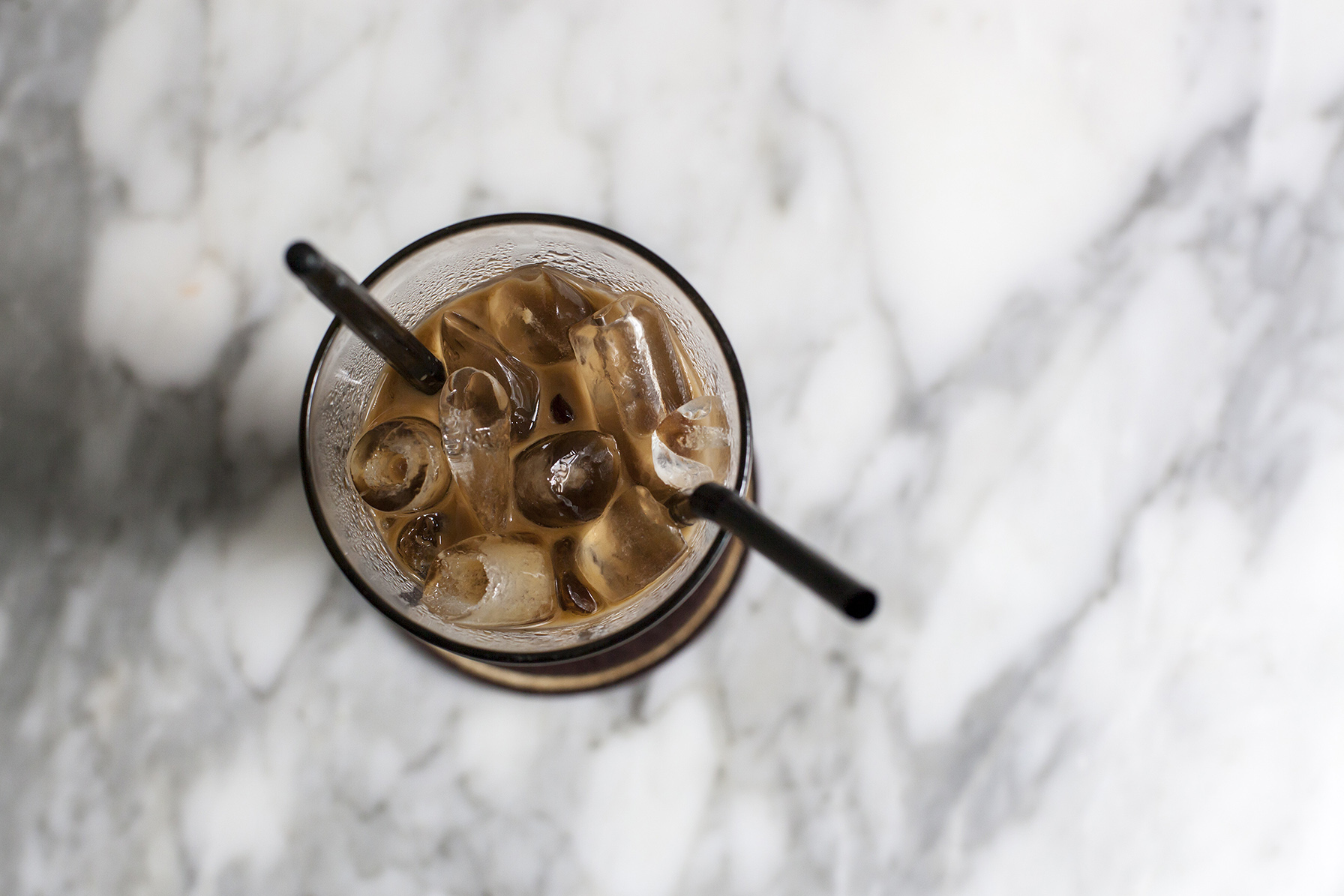
Although the French colonization gave birth to Vietnamese coffee, over time, the Vietnamese also developed a variety of unique styles of coffee drinks.
Yogurt a chua c à ph ê
Yogurt was first introduced to Vietnam by the French and has since been used by locals in cuisine, whether it's fresh mango or wine, with yogurt, and coffee is no exception. It looks a little strange, but the rich yogurt and black coffee actually go well, as long as you mix it and you can drink it directly.
Egg coffee (c à ph ê tr coffee ng)
Egg coffee dates back to the 1940s, when there was a shortage of milk and eggs became a convenient substitute. Beat the egg yolk and condensed milk until it is light and fluffy, and then drink it with black coffee, you can also think of it as the Vietnamese version of Tira Misu.
Sinh t coffee c à ph ê
In recent years, Vietnamese coffee has gradually appeared in the ranks of smoothies, with popular local fruit juice shops offering drinks of fresh fruit with Vietnamese coffee, some with yogurt and cashews. In Hanoi, you can try banana avocado coffee smoothie (c à ph ê chu coffee I b shake). In Ho Chi Minh City, Sinh t coffee c à ph ê sapoche with tropical fruit pistachio is also a good choice with a touch of casserole.
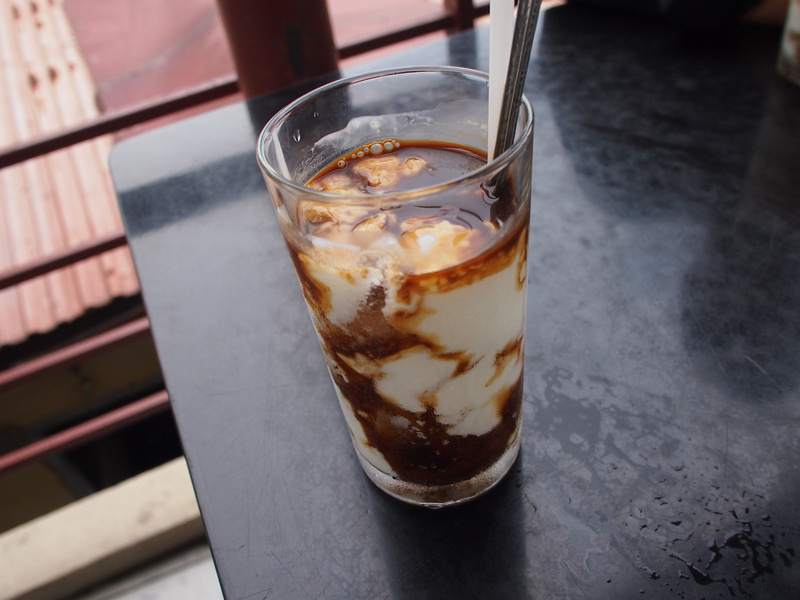
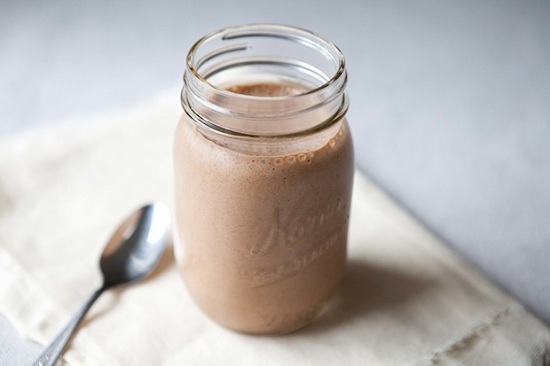
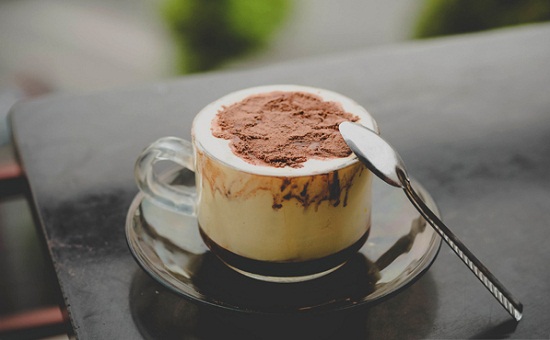
▲ from top to bottom is yogurt coffee, egg coffee and coffee smoothie.
Back to the topic of Vietnamese coffee, how do the local people drink it?
If you want the taste to be softer
Instead of asking for decaffeinated coffee, simply order c à ph ê b coffee x coffee and add more condensed milk to the coffee.
About sweetness.
If condensed milk is added, the coffee will basically have sweet milk flavor. If you want to simply feel the flavor of coffee, you can order black coffee without condensed milk (c à ph ê coffee en). If you think it's still too sweet, remember to tell the clerk about sugar ng.
Have something to eat first.
Except for the new coffee shops, Vietnamese coffee shops usually don't serve meals, so you can eat and drink like the locals. If it's too late, you can grab a handful of local common sunflower seeds (h / t / h / h
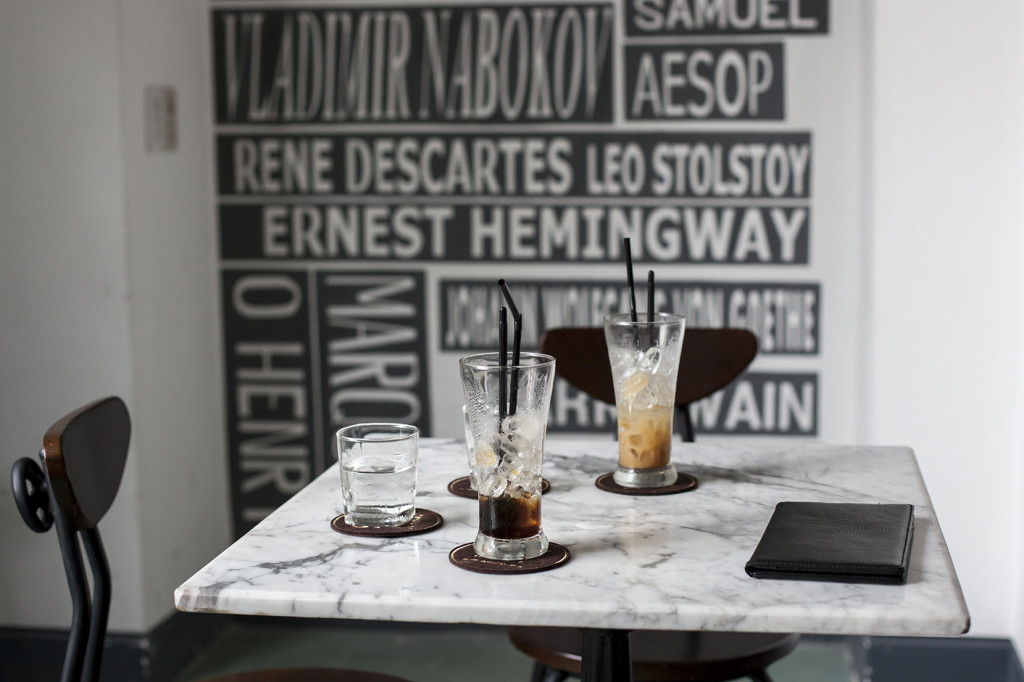
Of course, you don't have to go out or even fly to Vietnam to drink Vietnamese coffee. You can do it at home.
Materials (per person):
2 tablespoons of deep-roasted coffee powder
2 tablespoons condensed milk
Appropriate amount of water
Steps:
If there is no special drip, you can pour the coffee powder into an insulated container and add it. Soak the cup in boiling hot water for four minutes, then filter with filter paper.
It is best if there is a special leak drip. Boil a cup of water. Open the top of the drip, pour in the coffee powder and cover it. Put the drip on the cup and pour it into the hot water. When the coffee starts to leak, fill it up, then put the lid on and let the coffee drip for four minutes.
Mix in condensed milk. If you want something cold, serve it with ice cubes.
Important Notice :
前街咖啡 FrontStreet Coffee has moved to new addredd:
FrontStreet Coffee Address: 315,Donghua East Road,GuangZhou
Tel:020 38364473
- Prev

Coffee Culture in Mexico, a Coffee country with a long History
The United States of Mexico, located in the south of North America, is the bridge between North and South America. It is the hometown of corn and the core of the once brilliant Mayan civilization. Mexico has modern developed industry and agriculture, and it has a long history of producing coffee. At present, it is one of the most important coffee producing countries in the world. Coffee made in Mexico, naturally.
- Next

Coffee Competition: Taiwanese Coffee's Place in the World
All walks of life are not simple, some occupations even have licenses, competitions to let the public recognize or recognize, of course, not necessarily without licenses will be better than those with licenses, everything comes from strength, how much effort to study a field is more meaningful than mixing a license, and coffee in Taiwan has become more and more popular drinks, representing more and more people into this
Related
- How did the Salvadoran coffee industry develop in Central America?
- What exactly does the golden cup extraction of coffee mean?
- The Origin of Coffee flower
- [2023 Starbucks World Earth Day] there are more meaningful things besides free Starbucks coffee!
- What kind of coffee is there in Spain? 9 Flavors of Spanish Coffee
- Aromatic African coffee| Kenya's coffee culture and historical production area
- Liberica Coffee Bean knowledge: the characteristics of Liberian Coffee beans of the three original species of Coffee beans
- The origin and formula of Spanish latte introduces the taste characteristics of Bombon coffee in Valencia, Spain.
- How to adjust the solution of over-extracted coffee
- What is the tasting period of coffee beans? What is the period of coffee and beans? How should coffee wake up and raise beans?

